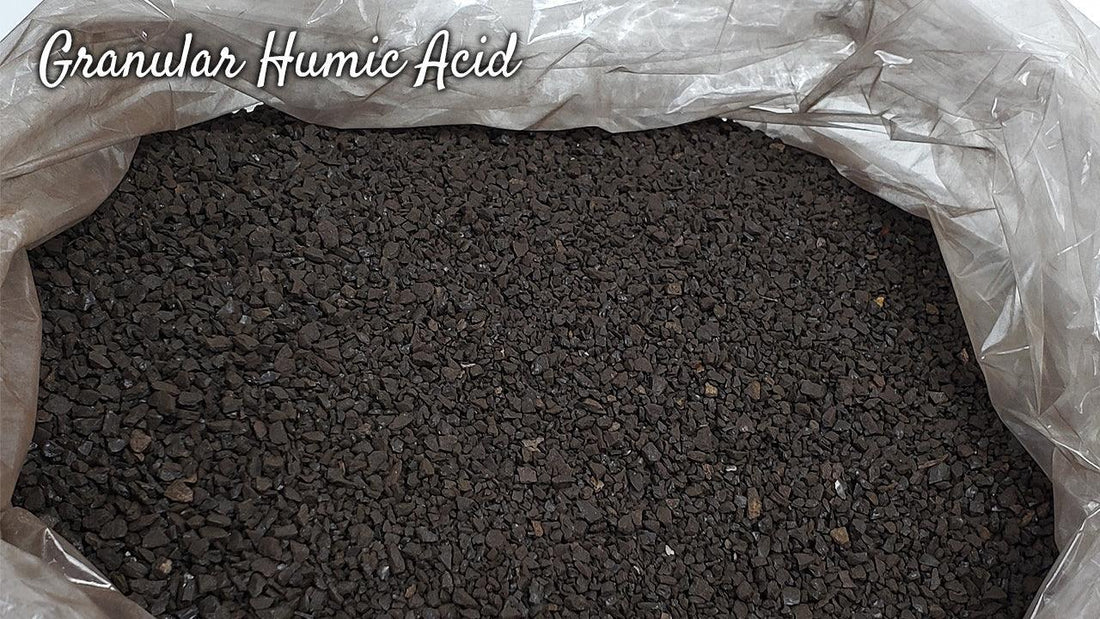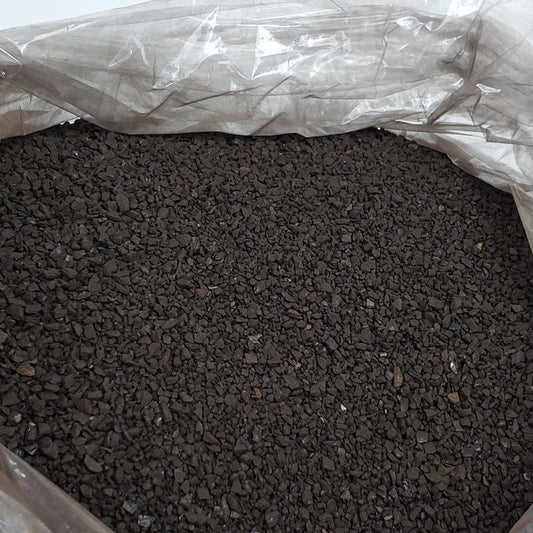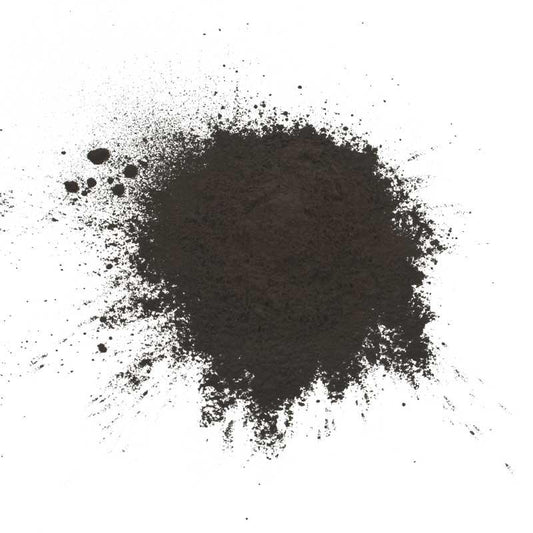Introduction

Healthy soil is the foundation of every thriving garden or farm. Yet, achieving truly fertile soil requires more than just adding compost or fertilizer—it’s about building lasting soil health. That’s where humates and humic acid come in. These powerful humic substances are natural compounds that improve soil fertility, structure, and biological activity, creating the perfect environment for strong, resilient plants.
Whether you’re a home gardener or managing larger crops, understanding humates for soil and humic acid for soil will help you unlock your soil’s full potential.
What Are Humates?
Humates are natural organic materials formed from the slow decomposition of ancient plants and animals over thousands of years. They are rich in humic acids, fulvic acids, and trace minerals—all crucial for improving soil fertility and structure.
Most humate products come from leonardite shale, a soft, coal-like mineral known for its high humic acid content. While humates are not fertilizers, they act as powerful soil amendments that enhance fertilizer efficiency and nutrient retention. This means plants absorb more from every drop of fertilizer you use.
You can find quality humate products like:
- Activate 50 lb – a granular form ideal for garden beds and lawns.
- Activate Humates Micronized 30 lb – finely ground humates for faster results through irrigation systems.
- Humates Granular 6 lb Box – perfect for home gardens.
To dive deeper, see our detailed guide on Unlocking the Power of Micronized Humates.
Humates, Humic Acid, and Fulvic Acid: What’s the Difference?
Although often used interchangeably, these terms describe related but distinct parts of the humic substances family.
Humates
Solid, salt-based forms of humic materials. They’re usually sold in granular or powdered form and reactivated once watered into the soil.
Humic Acid
A group of large organic molecules that improve soil structure by binding particles together, enhancing aeration and moisture retention. Humic acid also increases the soil’s cation exchange capacity (CEC), allowing it to hold nutrients and release them to plants as needed.
Fulvic Acid
A smaller, more soluble molecule that can be absorbed directly by plant roots and leaves. Humic and fulvic acid work together: humic acid improves soil, while fulvic acid delivers nutrients directly into plant cells.
How Humates and Humic Acid Enhance Soil and Plant Growth
Adding humates for soil or humic acid for soil brings immediate and long-term benefits to your garden or lawn.
1. Improves Soil Structure
Humic acids bind fine soil particles, improving aeration and drainage in heavy clay and increasing water retention in sandy soils. This balance ensures that roots can breathe and absorb water and nutrients effectively.
2. Increases Nutrient Availability
By chelating (binding) essential minerals, humic substances make nutrients like iron, calcium, and zinc more available to plants. This enhanced nutrient uptake results in greener, stronger growth.
3. Boosts Microbial Activity
Humates feed beneficial soil microorganisms, keeping your soil biologically active. A thriving soil food web improves nutrient cycling, decomposition, and disease resistance.
4. Strengthens Root Development
Healthy microbial life and improved soil aeration lead to stronger plant roots, which can explore more soil and access nutrients more efficiently.
5. Improves Drought Resistance
Humates increase water retention in soil, reducing stress during dry periods and supporting steady growth.
6. Reduces Fertilizer Waste
Because humates hold nutrients longer, they prevent leaching and improve fertilizer efficiency—ideal for reducing soil nutrient loss.
For liquid applications, try Humax (1 Gallon), a fast-acting liquid humate 12% solution that’s great for foliar sprays or fertigation.
How to Apply Humates and Humic Acid in the Garden or Lawn
Applying these soil amendments is easy—just adjust the form and rate based on your needs.
Garden Beds
- Granular form: Apply 1–2 lbs per 100 square feet. Mix into the top few inches of soil and water well.
- Liquid form: Use 1 tablespoon of liquid humic acid per gallon of water every 4–6 weeks.
Lawns
- Granular humates: Spread 3–10 lbs per 1,000 square feet. Water thoroughly.
- Liquid humates: Mix 1–2 quarts per acre diluted in 30+ gallons of water, or 1 tablespoon per gallon for small lawns.
Potted Plants
- Mix 2 tablespoons of granular humate per cubic foot of potting soil.
- Alternatively, water with 2 teaspoons of liquid humic acid per gallon every 6–8 weeks.
For quick action, try Liquid Humate 12%.

Humates and Soil Microbes: Building Living Soil
The true power of humates and humic acid lies beneath the surface. These compounds activate beneficial microbes that convert organic materials into plant-available nutrients. They create a biologically active environment that sustains long-term fertility and enhances soil health.
Humic molecules also stabilize soil aggregates—tiny clumps of soil particles that improve aeration, water infiltration, and root growth. As microbes feed on organic acids in humic substances, they release enzymes and natural hormones that further stimulate plant health.
How Humates, Humic Acid, and Humus Work Together
Humus, the dark, rich organic matter found in compost and worm castings, is naturally rich in humic substances. Adding humus supports microbial life, while concentrated humate products amplify its effects.
Together, these elements:
- Improve soil structure and moisture balance
- Encourage deeper plant roots
- Promote nutrient retention and plant uptake
- Build long-term soil health
Explore our collection of fertilizers that add Humus or Humic Acid to enrich your soil naturally.
Complementary Organic Fertilizers for Soil Health
Pairing humates with other organic fertilizers can further boost plant growth and soil vitality. Learn more about these natural options:
- Vegan Organic Gardening – sustainable practices for soil fertility.
- Down to Earth Crab Meal – adds calcium and nitrogen naturally.
- Down to Earth Citrus Mix – ideal for fruit trees.
- Down to Earth Blood Meal – provides fast-acting nitrogen.
- Down to Earth All Purpose – a balanced mix for overall garden health.
Conclusion: Build Living, Fertile Soil Naturally
Incorporating humates for soil and humic acid for soil is one of the most effective ways to revitalize tired, compacted, or nutrient-poor soil. These natural organic acids build long-term fertility by improving soil structures, boosting microbial activity, and supporting stronger plant roots.
Whether you use granular or liquid forms, humates and humic acid are the ultimate foundation for enhancing soil life and promoting lasting plant health—naturally.
FAQs About Humates and Humic Acid
What does humate do to soil?
Can you apply too much humate?
What is humate good for?
How to apply humates?
What is the use of humic acid in soil?
Is humate the same as humic acid?
When to add humic acid to soil?
What happens when humic acid is used too much?
What are humates used for?








11 comments
I have orange trees on soil with PH of eight or eight point five.please let me know how and
when ICan use humic acid
Best Regards